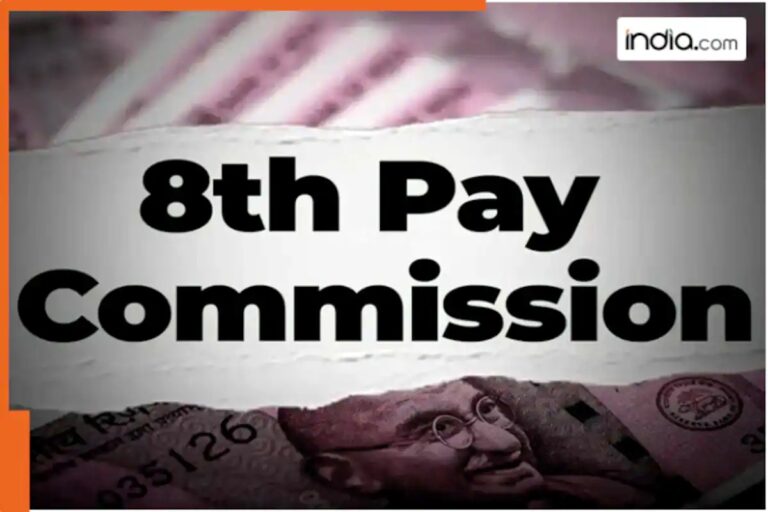
Recent Cabinet Meeting on DA Hike
Indian Prime Minister Narendra Modi’s cabinet is set to address critical salary adjustments for central government employees during a scheduled meeting on March 4, 2025. The discussion centers on a potential increase in Dearness Allowance (DA), a crucial component of the salary structure for approximately 50 lakh government workers. Current DA rates stand at 53%, a level maintained since the July 2024 revision that raised the allowance from 50% to 53%. Analysts suggest the proposed hike could align with inflationary pressures and recent economic indicators, though exact figures remain under deliberation. This decision follows the conclusion of the 7th Pay Commission, which expired on December 31, 2025, leaving a gap in salary revision mechanisms. The cabinet’s focus on DA reflects growing concerns about employee welfare amid rising living costs and wage stagnation.
Historical Context of DA Revisions
DA adjustments follow a bi-annual schedule, with revisions typically occurring in January and June. The last significant increase in 2024 marked a 3% rise, bringing the allowance to 53% from 50%. This pattern underscores the government’s commitment to periodic reviews, although the timing of the 2025 meeting has sparked speculation about potential delays. The 8th Pay Commission, announced in January 2025, is expected to integrate DA into basic pay structures, potentially eliminating the need for separate allowance calculations. This shift could streamline salary administration and enhance transparency, though its implementation timeline remains unclear. The commission’s recommendations, expected to be finalized by mid-2025, may reshape long-term compensation frameworks for millions of government workers.
Impact on Employee Salaries
DA significantly influences the total earnings of central government employees. For instance, a worker with a basic salary of Rs 50,000 would receive Rs 76,500 with the current 53% DA, but this could rise to Rs 78,000 with a 56% increase. The allowance’s role in offsetting inflation makes it a vital factor in maintaining purchasing power, particularly in urban centers where cost of living is high. The proposed hike could provide immediate relief to employees facing rising prices for essentials like food and transportation. However, the exact percentage increase remains under negotiation, with stakeholders advocating for a rate that reflects current inflationary trends without straining public finances.
Pay Commission and DA Integration
The 8th Pay Commission’s announcement has added a new dimension to the DA debate. Once implemented, the commission’s framework may merge DA into basic pay, simplifying salary calculations and reducing administrative burdens. This approach could also enhance wage competitiveness by aligning allowances with market rates. However, the transition from the 7th Pay Commission’s structure to the 8th’s system requires careful planning to avoid disruptions. The integration of DA into basic pay could also affect pension calculations and other benefits, necessitating thorough policy review. Industry experts caution that the success of this reform will depend on the commission’s ability to balance employee demands with fiscal responsibility.
Broader Implications for Governance
The cabinet’s focus on DA reflects a broader trend of prioritizing employee welfare in public administration. By addressing salary concerns, the government aims to improve retention rates and boost productivity among civil servants. However, the decision also highlights the challenges of managing public finances while meeting workforce expectations. The proposed DA hike could serve as a benchmark for state governments, encouraging similar adjustments to retain skilled personnel. As the 8th Pay Commission’s recommendations take shape, the central government’s approach to salary revisions may set a precedent for nationwide reforms. Ultimately, the outcome of this meeting could reshape the financial landscape for millions of government workers in the coming years.




